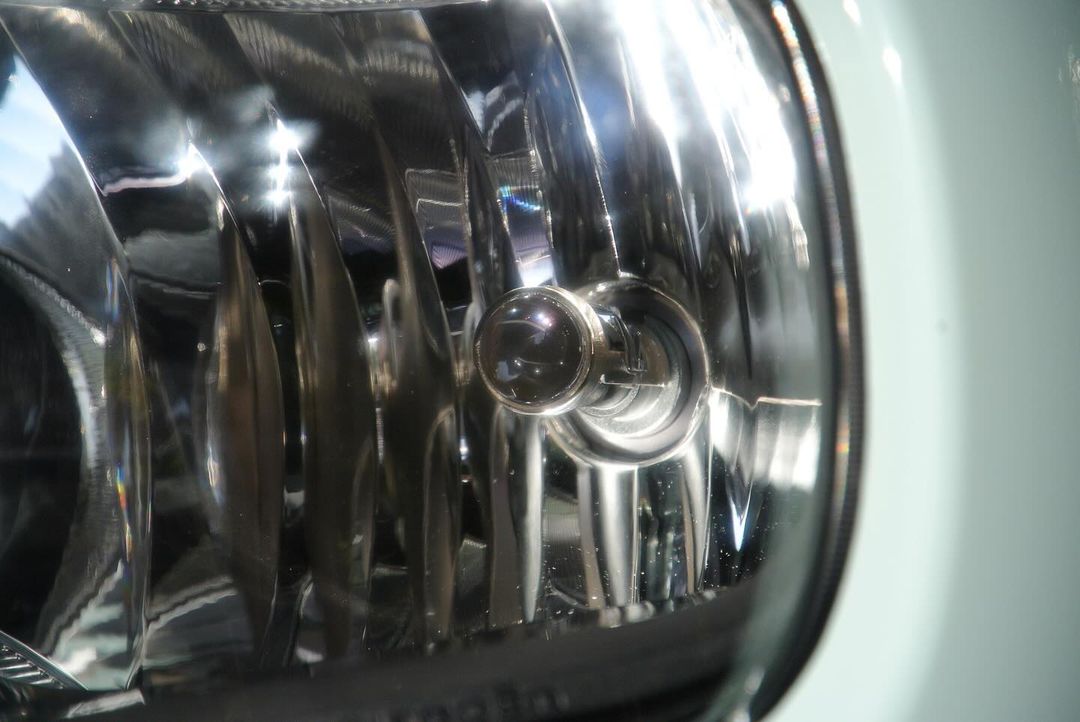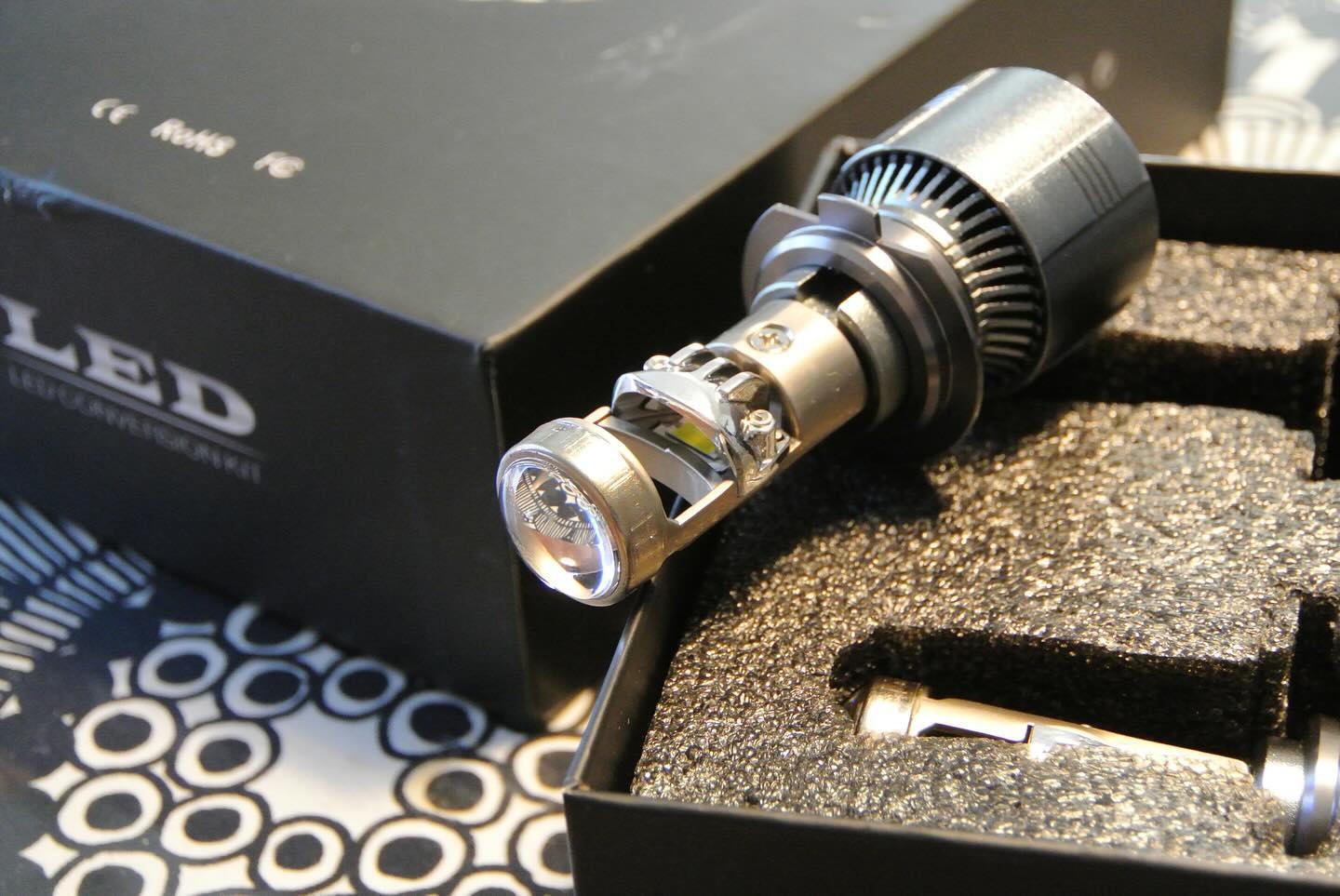Views: 0 Author: Site Editor Publish Time: 2023-12-19 Origin: Site
With the EU's ban on halogen lights, LED headlights have become the new trend in automotive lighting. However, some drivers still prefer halogen lights, especially in rainy areas, as they believe halogens have better penetration in fog and rain – a notable advantage of halogen lights. But this doesn't mean Led headlight bulbs are inherently inferior in terms of penetration. In fact, light penetration is related to color temperature, and choosing LED bulbs with moderate color temperature can improve penetration to some extent. For those still concerned, installing color-changing LED headlights can be a versatile solution for different weather conditions.

LED bulbs, being semiconductor materials, have shown immense potential in the realm of car headlights. However, as with all semiconductors, LED bulbs are highly sensitive to environmental temperatures. A significant advantage of LED car lights is their longevity, often reaching 30,000 hours, offering energy efficiency and quick responsiveness. However, since car light bulbs only convert 10%-25% of electrical energy into light, the rest being converted into heat, this leads to the issue of light degradation, or lumen depreciation.
Strategies to Overcome LED Lumen Depreciation:
1. Thermal Path Design: This involves designing more efficient heat dissipation paths for led car headlight bulbs to quickly release heat or lower temperatures through cooling. For instance, the design of the front grille of a car serves as an effective thermal path, utilizing airflow during driving to remove heat from the engine bay.
2. Choice of Heat-Conducting Materials: The substrate material of automotive bulbs plays a crucial role in heat dissipation. Currently, common substrates used in automotive bulbs include aluminum, ceramic, and double-sided copper substrates.

Aluminum Substrate: Offers better stability and thermal conductivity than epoxy resin substrates. However, its overall thermal conductivity is determined by the insulating layer, and the process becomes less cost-effective if thermal-electric separation is considered.
Ceramic Substrate: Provides significantly higher thermal conductivity than aluminum substrates and is high-temperature resistant with strong mechanical strength. However, it is not yet widely available for the massive LED industry.
Double-Sided Copper Substrate: Achieves efficient heat dissipation and superior light concentration, closely resembling the thinness of halogen filaments. It's increasingly seen as the future direction for automotive LED headlights. The downside is its higher cost.
Conclusion:
When choosing the right LED headlight substrate, it's important to consider performance, cost, and application requirements. While double-sided copper substrates excel in performance, their higher cost is a factor to consider. The optimal choice depends on specific needs and budget. The right choice can ensure LED efficiency while minimizing lumen depreciation, thereby extending the lifespan of LED headlights.